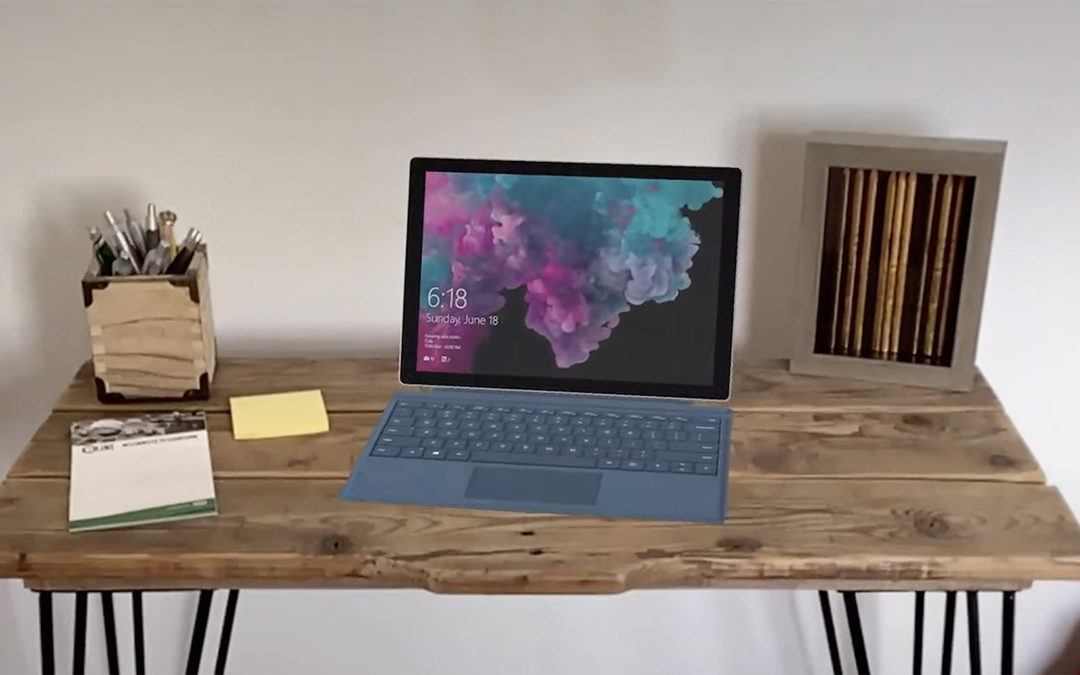Consumer research into new product concepts using Augmented Reality (AR) allows you to quickly create, iterate and hand-pick the products people love. Some products, like this 2-in-1 convertible laptop, have countless possible visual customisations. Without Augmented Reality, it can be difficult to accurately envision products that have a high number of potential physical and visual iterations during new product development. That’s when using a three-dimensional approach becomes highly beneficial.
The tactile, dynamic method we use to visualise products allows for respondents to interact with the 3D version of your product just as they would a physical product. Using our AR technology you can view all design possibilities with UX testing prior to manufacture. In this demo, AR allows for the easy visualisation of the transition from touchscreen laptop to tablet and tactile changes such as folding and unfolding the laptop. Apart from viewing the product and its variations in detail, as you can see in the AR demo, the user gets to view the product in their real world environment. This gives a whole new dimension to consumer research and new product development.
Augmented Reality adds to the realism and intensifies the sense of immersion. The result is that the reactions to the product become more and more genuine and therefore the results become more accurate to the real product experience. Not only does our use of Augmented Reality provide the advantages above but, outside of the advanced technology, we closely measure the human reaction to these product transformations. Measuring reactions with behavioural data ensures new product features excite and enthuse consumers so you can make confident investment decisions.


Recent Comments